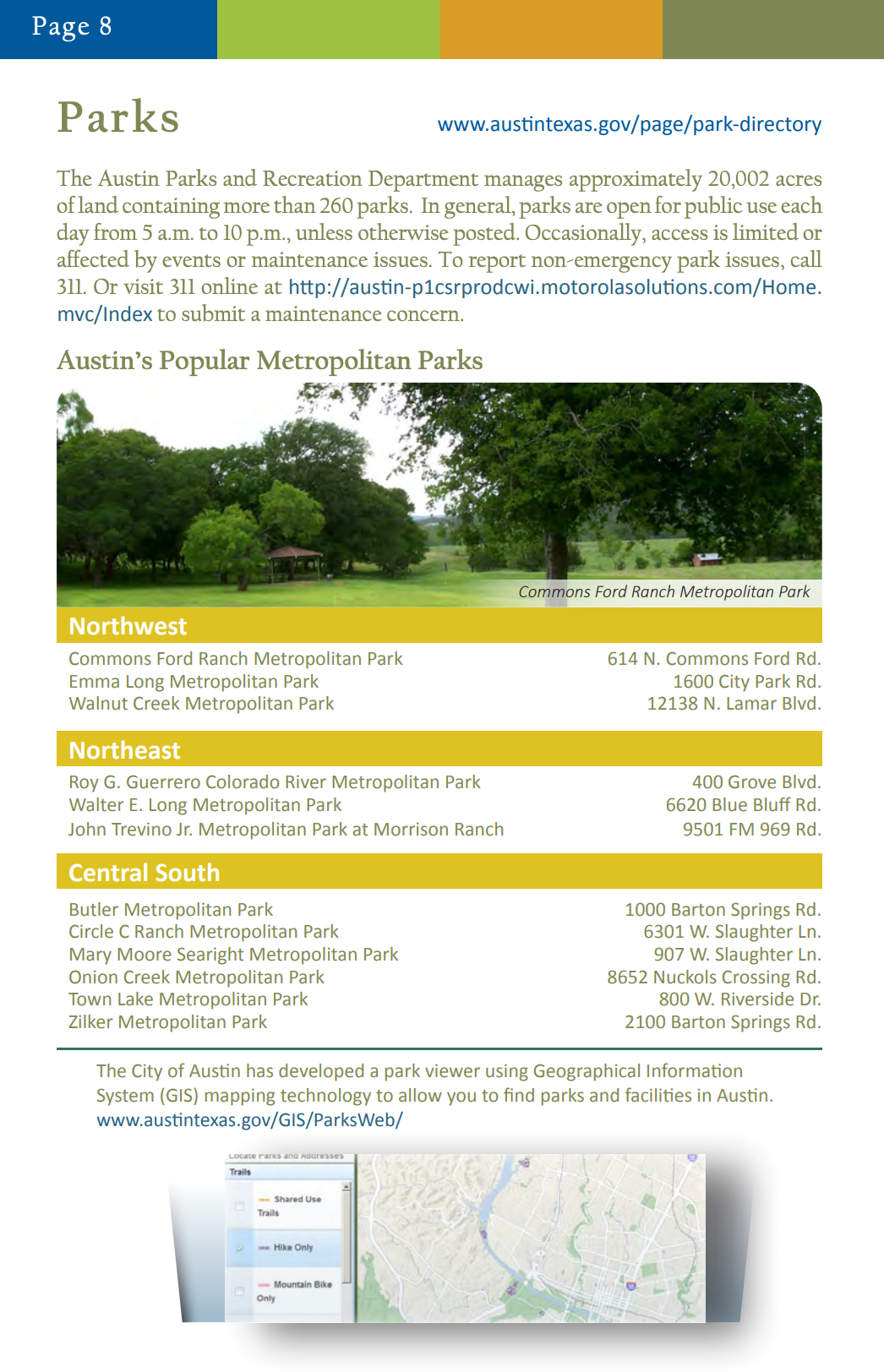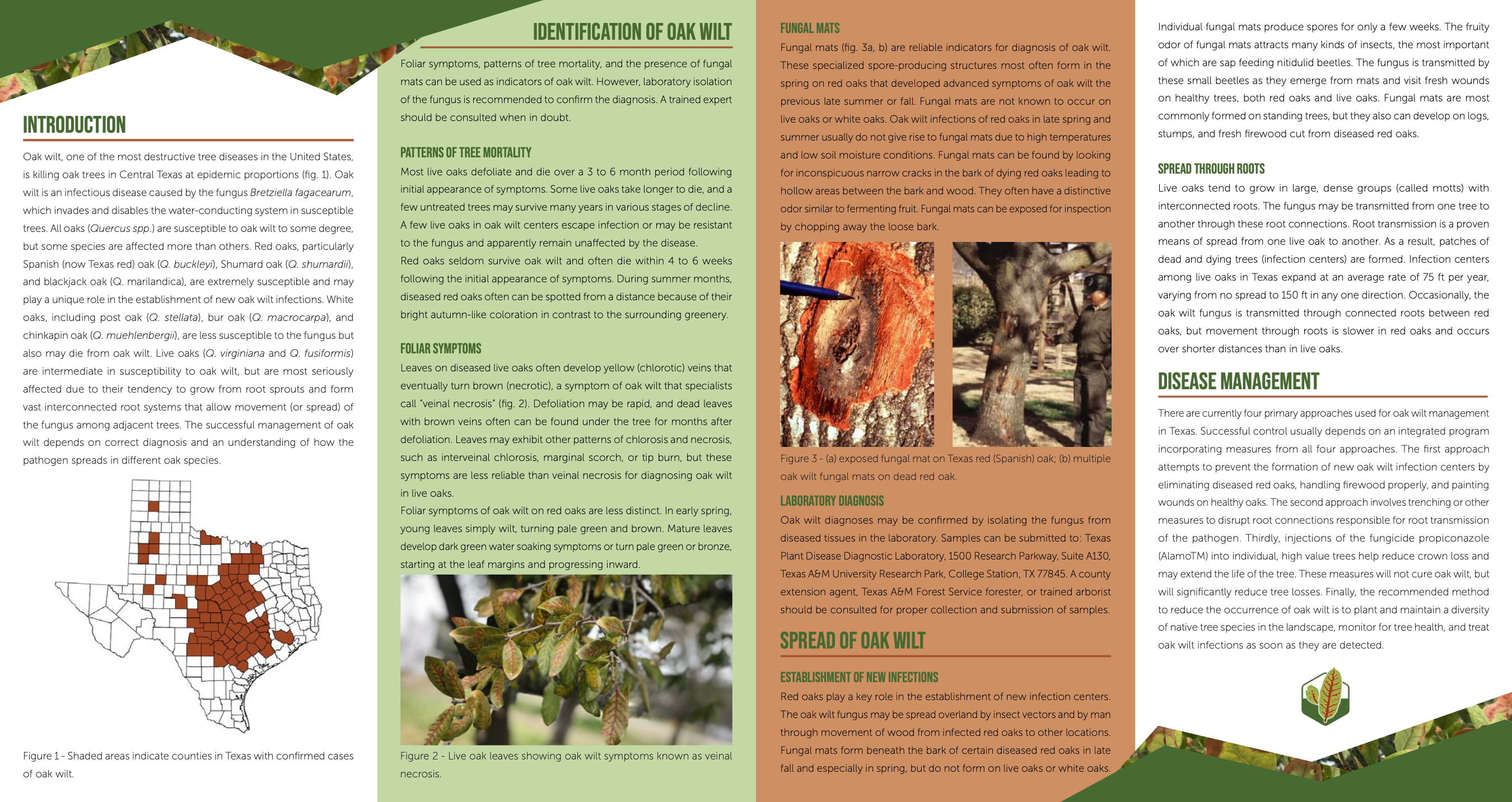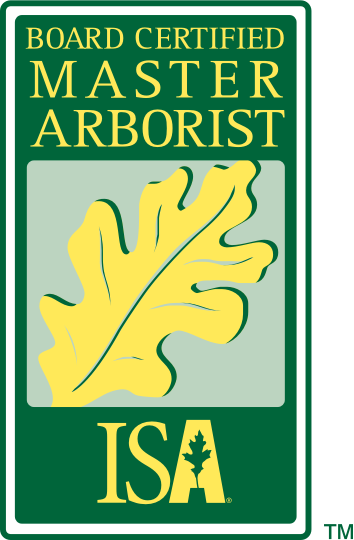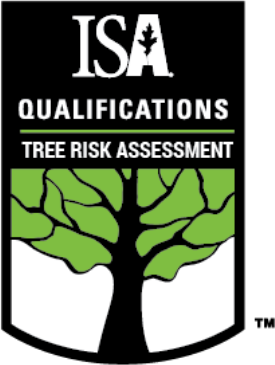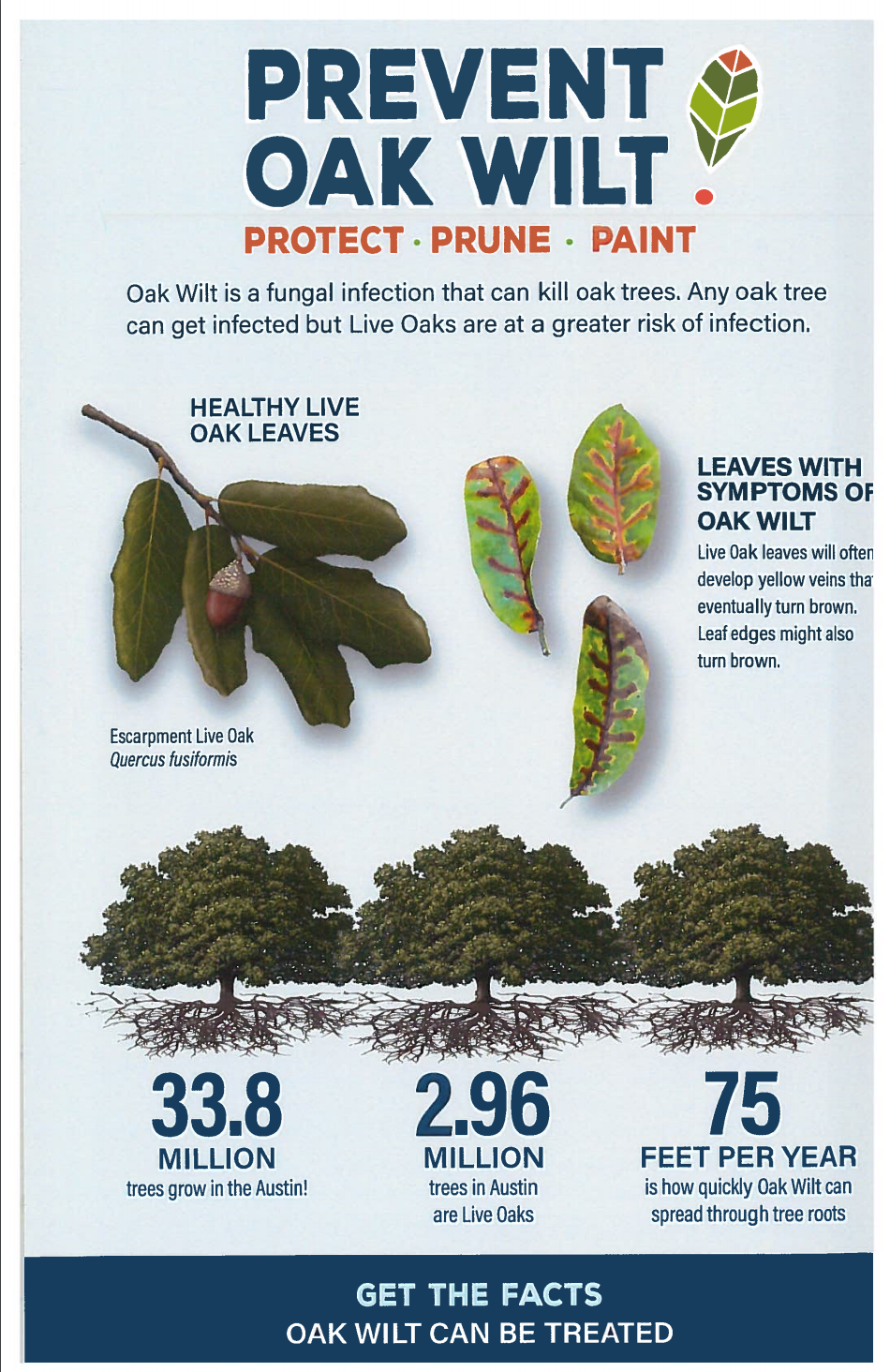The above image was taken by world-class Travis County local photographer, Rob Greenbon, imagesfromtexas.com
Travis County is one of the most beautiful counties in Texas and it is fitting that the Capitol of Texas is located here in the heart of Austin. The Travis County community is likely the most tree and nature- friendly community in Texas as is apparent by the county park system as well as the City of Austin park system.
Those of us at ArborCare and Consulting greatly values those who revere trees and nature in the Austin area, and it is our distinct privilege to help them in this endeavor. Quite possibly the greatest single disease threat both to our tree canopy cover and to all the creatures who rely upon the existence of oaks - is the oak wilt epidemic that has killed oaks by the millions in our beloved Texas. Therefore, fighting this disease as effectively as possible is one of our main focuses here at ArborCare and Consulting.
Oak wilt is a vascular wilt disease caused by a fungus that as it parasitically feeds on the sugars/starches created by the tree, it colonizes and clogs the water-conducting (xylem) vessels of trees in the Beech family (predominately oak species but also chestnuts and several others!). The severity and rate of mortality is also due in large part to the self-preservation response of the tree – in which the tree shuts down and kills most of its colonized tissue in order to compartmentalize or trap the fungus and limit its full movement within the tree. Previously, the disease taxonomy was called ceratocystis fagacearum (“shut down/closing off/i.e. death of beech”) but has now been re-named Bretziella fagacearum, in commemoration of the first researcher T. W. Bretz who pioneered the very first research and classification of this disease in the 1950’s in Minnesota.
Oak wilt is the worst tree pathogen in Texas. It is in the top 5 tree pathogens in the USA. The national oak wilt map is eye-opening to the Texan as we see how our severe problem is only a small percentage of the total expanse of this disease and sobering as to how seriously our entire national tree cover is being affected.
As a Board Certified Master Arborist (TX-3374B) with over a decade of management of this vascular wilt disease throughout the entire hill country region, I have established protocol to more successfully combat oak wilt. For prophylactic treatments of oaks over 10” DBH we exclusively utilize the macro-infusion treatment method with the premier flagship fungicide Alamo and the best equipment available – the Rainbow Treecare Scientific kit developed and sold by the sole distributor of Alamo. In the event a tree is deemed high-value by our customer but it is sick and therefore a therapeutic treatment – a Tebuject 16HP micro-injection garners higher likelihood of treatment success. Many times we have saved trees with this approach other contractors bidding on the job refused to treat saying “it won’t work”. It is a troubling fact that lower-quality generic products and application methods are currently becoming the new trend by my peers as they are less expensive and cut labor costs.
(In the brochure linked above, note the numerous times the Texas Forest Service affirms the superiority of the product Alamo)
We do not now nor will we in the future prioritize profit ahead of quality service. Another point of departure between our approach and others in the industry is the fact that in some cases a second (or more) injection event per tree is not necessary. The Alamo label says it quite succinctly, “Reevaluate disease level in trees at 12 month intervals after treatment for the potential need for retreatment with Alamo.” Potential here is key – it does not specify there is any de facto assumption of or probability that retreatment is the typical norm for management. There is no substitute for experience and integrity. I encourage those of you who wish to dig even deeper into this disease and our response to it to visit our other webpages located in the menu heading “oak wilt”.
Research Request
Finally, regardless of which arborist you choose to utilize, we are conducting research in the Austin area on the effects of oak wilt upon all white oak species and if you have any you are concerned either have oak wilt and or were treated for oak wilt, or are concerned that they may contract it as they are now established and oak wilt is either on the property or about to be – we hope you will help our cause to better expand our knowledge base on this issue by contacting us and allowing us to discuss your situation in more depth. Our primary goals with this project are documentation by means of laboratory testing and periodic visual documentation if positive results occur.




